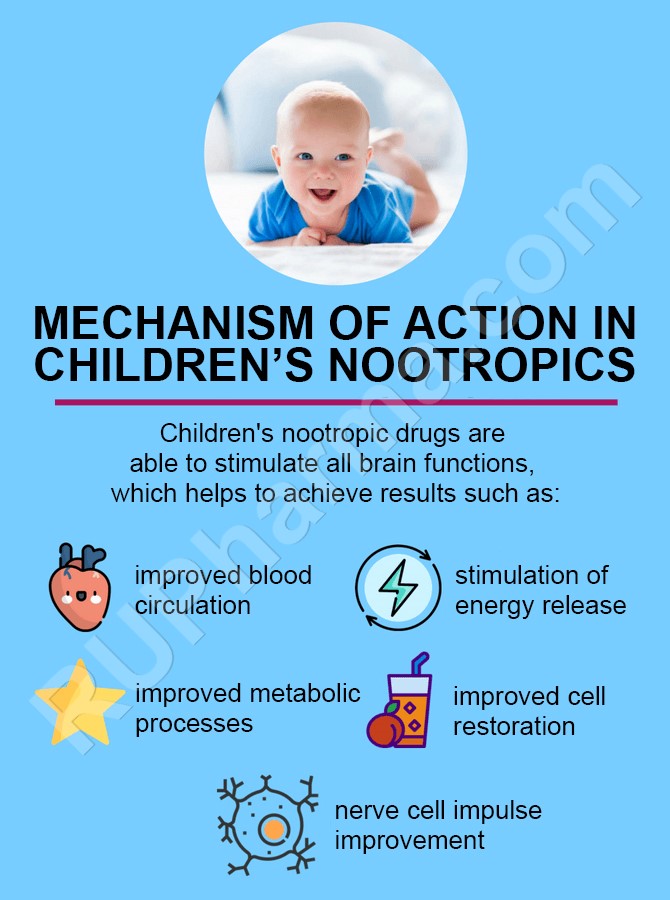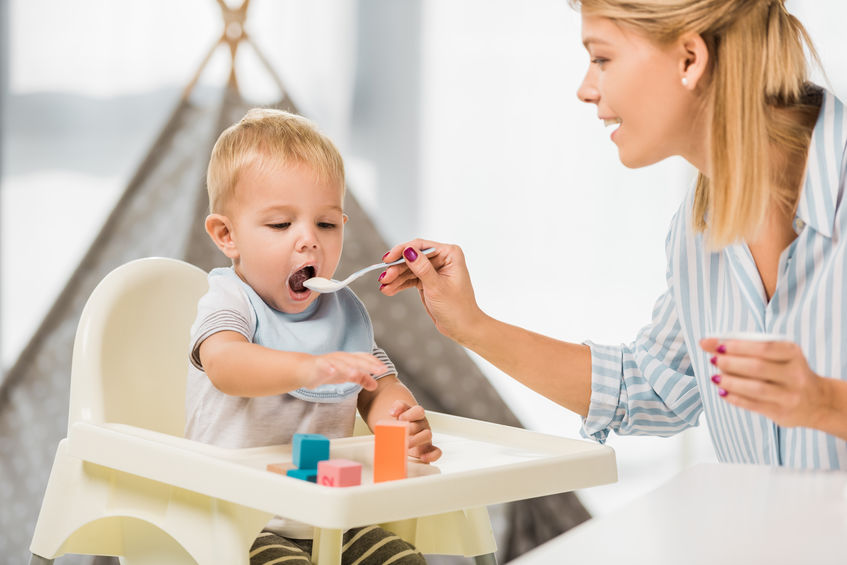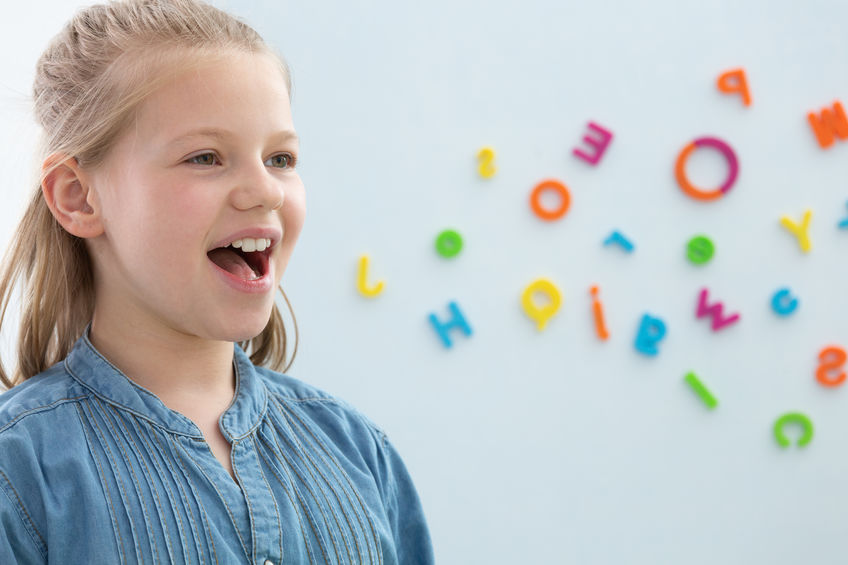Nootropics for children: What should parents know

In childhood, the main thing is the correct development both from the physical and mental side. Parents should pay attention to their child as well detect in timely manner any signs of deviations in the development of the child.
Nootropics belong to the group of neurometabolic stimulants. Their main aim is to improve the development and reproduction of nerve cells. This is achieved by increasing blood circulation in the brain and spinal cord. Nootropics accelerate metabolic processes in the nervous tissue, increase the flow of nutrients and glucose to neurons.
Composition of children's nootropics
The most popular nootropic drugs for children contain:
- Aminoethanoic acid - this compound has an adrenoinhibitory, antioxidant, antitoxic. In some cases, aminoethanoic acid suppresses the symptoms of depression.
- Hopantenic acid - it is able to improve blood circulation in the brain, which contributes to the resistance to hypoxia. This amino acid accelerates anabolic processes in neurons, which leads to increased mental and physical activity of the child.
- Dipotassium acetylaminosuccinate - improves impulse conduction by nerve fibers. This leads to increased mental and physical activity of the child. The compound is also able to improve the function of all internal organs, increase reflex activity, which is important for young children.
- Pyrithinol dihydrochloride monohydrate - nootropic drugs for children containing this compound are most often used for the baby’s moodiness, signs of speech and psychomotor dysfunction and sleep disturbance.
Children's nootropics mechanism of action

All children's nootropic drugs can stimulate all brain structures, which helps to achieve effects such as:
- Improved blood circulation - nootropic drugs inhibit adrenoreceptors of cerebral vessels, it increases the lumen of the vessel, increases blood flow and improves oxygenation of neurons.
- Improved metabolic processes - with an increased blood flow to the brain cells, more nutrients are delivered to cells more effectively including glucose, which is the main source of energy for neurons. Nootropics stimulate cellular organelles, which at an increased rate capture nutrients and break them down.
- Stimulation of energy release - some amino acids improve the synthesis of ATP compounds that break down in neurons, releasing the energy necessary for the health and development of the children's brain.
- Improved cell restoration - with an increase in the energy potential of neurons, as well as their trophism, recovery processes in cells and their division are automatically increased.
- Nerve cell impulse improvement - a complex of amino acids and vitamins contained in nootropic drugs help restore the myelin sheaths of nerve fibers. Thanks to these structures, the speed of a nerve impulse from one neuron to another increases. Such an action stimulates the construction of new neural connections in the brain, accelerates the development of the child’s nervous system.
Indications for the use of nootropics

Children's nootropics are used for:
- Poor concentration of the child.
- Excessive excitability - hyperkinesis.
- Signs of cerebral palsy.
- Speech impairment.
- Development retardation - if the child started crawling late, sitting down, standing, grabbing.
- The effects of infectious diseases of the brain.
- Signs of circulatory disorders in the brain.
- The consequences of severe traumatic brain injury.
- Signs of birth injury.
Reception of nootropic drugs is possible at any age. They are used to improve academic performance, improve the cognitive abilities of the child and the development of creative abilities.
It is important for parents to know that taking nootropics is possible only after the permission of the doctor.
Treating delayed speech development with nootropics

Most often, children's nootropics are used in the presence of delayed speech development. You need to consult a pediatrician when the child begins to pronounce individual syllables later than usual, for a long time incorrectly pronounces words, often stutters.
Appearance of delayed speech development may indicate trauma during childbirth, unfavorable intrauterine conditions, severe or rapid childbirth due to which his brain was damaged.
Contraindications and side effects
Nootropics like any other drugs, can cause various side effects. Most often, they appear in the form of a headache, nausea and sleep disturbance. In this case it is not recommended to cancel the treatment, you need to contact your pediatrician to replace the drug.
Nootropics for children are not recommended for:
- Impaired renal function.
- The presence of hereditary diseases of the central nervous system.
- Increased intracranial pressure.
Instructions for children nootropics
Nootropic drugs for children are prescribed only by a doctor and during the course of treatment it is necessary to adhere to all the instructions and prescriptions of the doctor.
Determining the dosage and duration of the course of treatment always depends on the age of the child, the degree of his development, the severity of the disease. At first, the appearance of insomnia is possible, therefore, all doctors recommend taking medications in the morning.
For small and moody children, there are dosage forms of nootropics in the form of sweet syrups. Older children are prescribed tablet forms of medication.
Nootropics which are prescribed for children
In pediatric practice, several types of nootropic drugs are used that have various effects. Thus children's nootropics are divided into:
- Stimulating - used to improve memory and reduce fatigue:
Picamilon (for children 3-10 years old - 20 mg twice a day; older than 10 years - 20 mg three times a day).
Encephabol (syrup can be taken from 3 days of birth, tablets to be taken from 7 years old).
- Soothing - do not cause excessive excitability of the nervous system, are effective in the treatment of cerebral palsy, epilepsy, hyperkinesis, autism:
Phenibut (for children 7 years old and over, 250-500 mg per day. The course of treatment is up to 10 days).
Cerebrolysin (0.1-0.2 ml per 1 kilogram of body weight per day. The course of treatment is 10 days).
Cortexin (for children weighing less than 20 kg - 0.5 mg/kg, over 20 kg - 10 mg per day. The course of treatment is 10 days).
- Spasms - in this case, problems with remembering, attention, and thinking may also appear:
Pantogam (single dose 250-500 mg, max. daily dose 750-2000 mg. Course of treatment is 1-4 months).
Semax 0.1% (for children over 3 yearls old. The course of treatment is 10-20 days).
Cavinton (from 3 months old and over, 1 mg per 1 kg of body weight, max. 10 mg per day).
For effective treatment, you must carefully adhere to all the recommendations and instructions of a specialist. It must be remembered that nootropic drugs, when used correctly, do not do any harm to babies.
